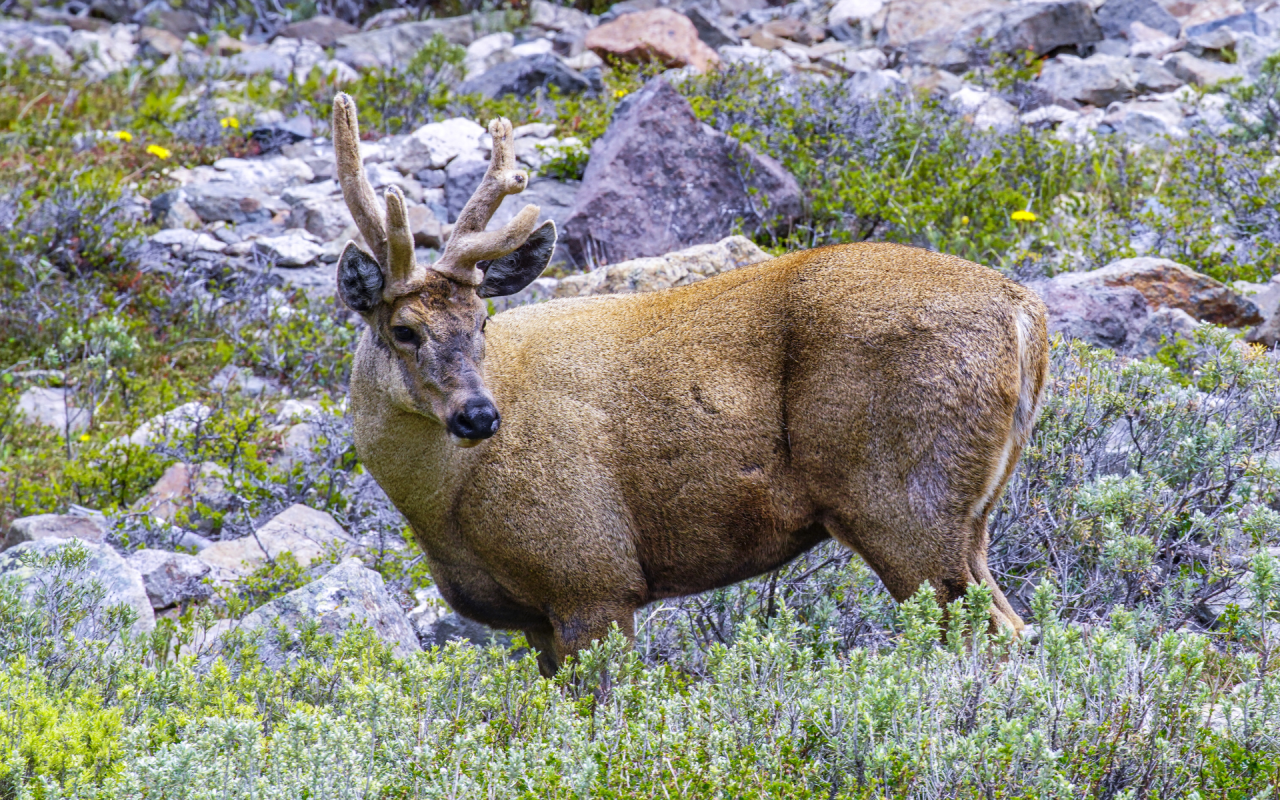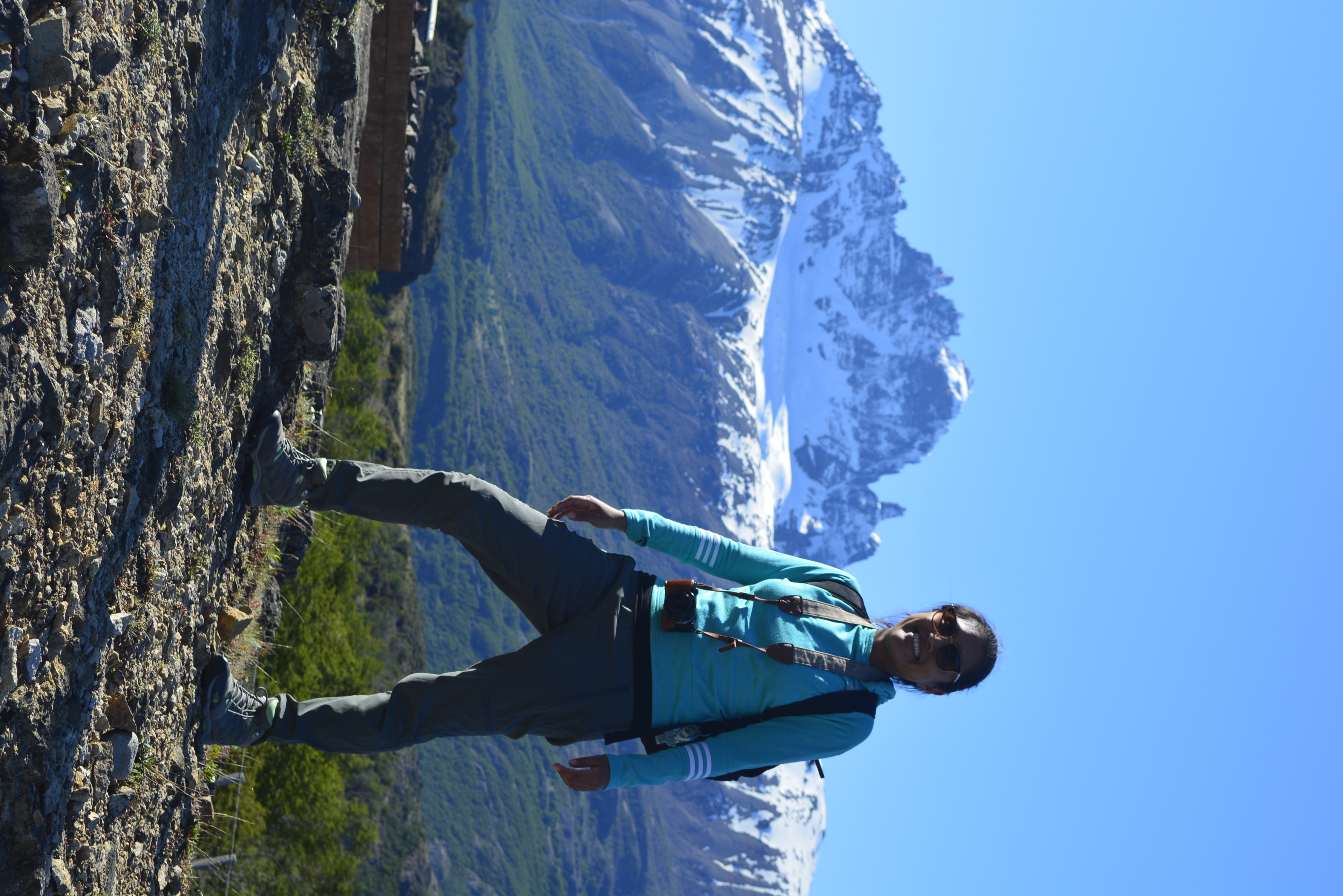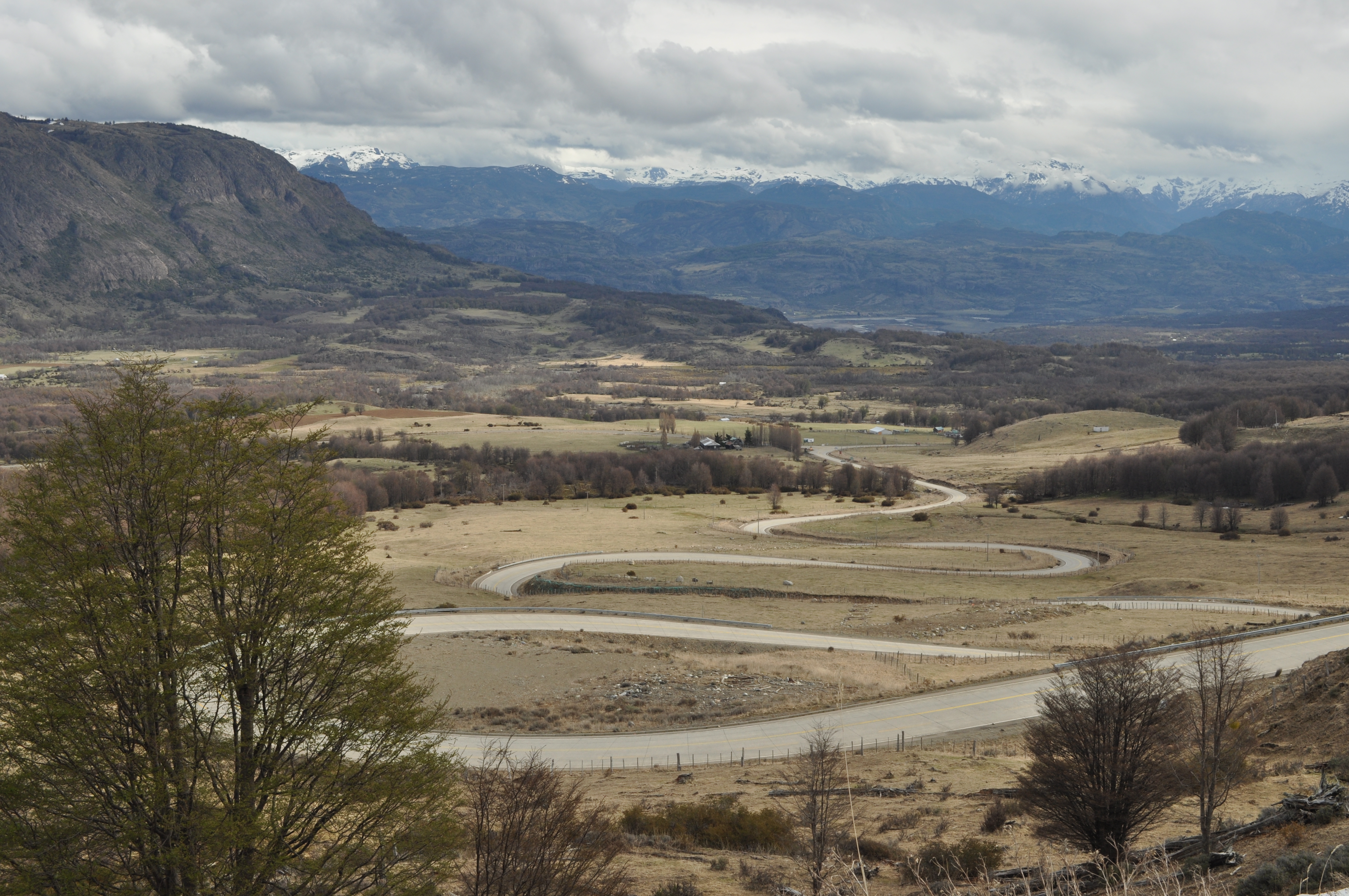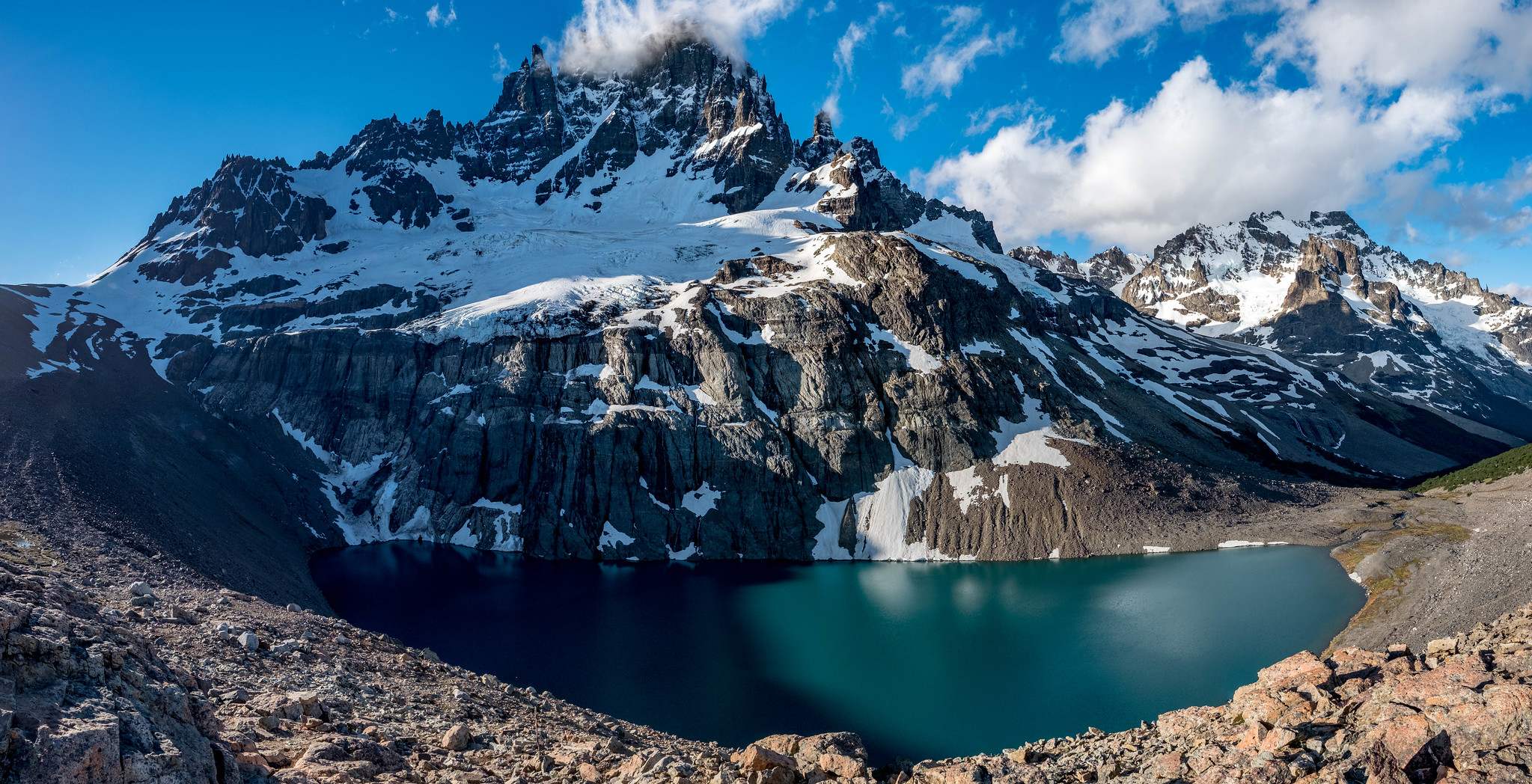The majestic Cerro Castillo national park

When we head south from the Balmaceda airport (Coyhaique) along Carretera Austral, we soon come across the Cerro Castillo national park and our gaze wanders into infinity from the vehicle window. Our eyes are in search of true ghosts that are lost among the grasslands and trees of the deciduous and evergreen forest. They are the huemules, a species of deer highly threatened by hunting (at the beginning of the last century) and the destruction of their habitat, in addition to the constant invasion of their territory. Today, it is an experience as strange as it is unique to encounter a specimen in this mountainous area of Chilean Patagonia.
Fortunately, there are several institutions that are in charge of the conservation of this animal in Cerro Castillo, among which Conaf stands out. It is estimated that there are about 1,500 huemul specimens left in the world, of which approximately 200 live in Cerro Castillo.

The paved route begins to ascend in an area of curves, and that is when we must pay attention and be very patient, because sometimes the huemules stop meters from the Carretera Austral in what was formerly the Cerro Castillo national reserve, but which Since 2017 its status changed to a national park. The road crosses a mountainous area next to the Blanco River before reaching the Ibañez River valley and the viewpoint in the Cuesta del Diablo sector, a very photogenic area of curves since here you can see for the first time the Cerro Castillo massif that lies imposing with its snowy summit of 2,318 meters high.
After the descent that the road makes, we soon arrive at Villa Cerro Castillo, for many a transit town 95 kilometers south of Coyhaique, but for others it is the main place to stay and eat before starting an outdoor adventure in the national park. , which is home to some of the most desired trekking circuits for hikers in Patagonia, with departures lasting between one and six days. Because although we can observe Cerro Castillo from the comfort and warmth of the interior of a vehicle, it is our legs that allow us to soak up the experience that this national park offers. On the way we can see the perfection of nature wherever we look, and it is notorious that those who travel these trails have a deep love for the mountains. During the journey of several hours we can cross hills, streams and plains, in addition to seeing condors and caiquenes.

Cerro Castillo trekkings
One of the alternatives is to climb in one day to the Cerro Castillo lagoon sector, a turquoise body of water at the foot of the massif and whose waters are of glacial origin. It is perhaps the most requested route by those who do not have enough time or perhaps have less experience in mountain routes and camping. The ascent takes us to walk through ñirres and lenga forests, lagoons and grasslands and, later, along stonier sectors as we ascend the mountain. After a gradient of almost 1,500 meters uphill, you begin to see the summit of Cerro Castillo and other snowy mountains more closely.
There is practically no vegetation and rocks and stones predominate. From above, the majesty of the Ibañez River valley and the Carretera Austral are impressive, which look small from the distance. A little further on we reach the imposing Cerro Castillo lagoon, from where we get epic views of the massif and its steep needle-shaped peaks that sometimes look like real chimneys when there are some slowly moving clouds above.

Photo: Sergejf
A longer and more difficult option is the one that begins in the Las Horquetas sector (30 kilometers north of Villa Cerro Castillo), from where we must advance 16.5 kilometers to the Río Turbio camp, and whose path surrounds the entire mountain until accessing the Cerro Castillo lagoon in the middle of lenga and ñirres forests. It is possible to do this 15 kilometer route in 5 or 6 days, and where we cross the camp through the forest, which is next to a moraine where you find the Témpanos lagoon in the middle of other peaks.
From there we walked through a valley and next to a river towards Cerro Castillo lagoon, before beginning a descending section towards the Cerro Castillo village. If you are going to make this journey, it is important to equip yourself with enough water and food, in addition to being prepared for a climate that can change from one minute to the next and that can even surprise us with snowfall.
Check out this tour that can be interesting for you if you love trekking and hiking, CLICK HERE
Categorías - Camping - Photo - Parks - Roadtrip - Route Patagonian Parks - Trekking